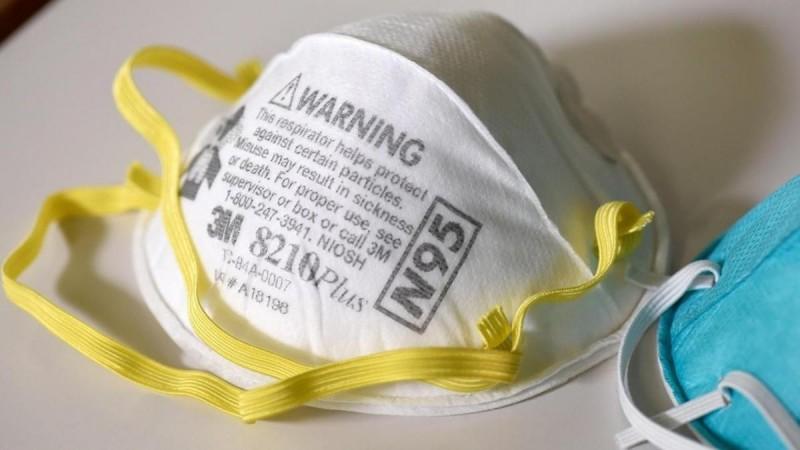
The novel coronavirus has infected over 21 million worldwide but the debate regarding the effectiveness of face masks still seems to be raging on. Even though almost every pandemic-hit country recommends its citizens to wear masks, doubts have been raised on whether they prevent an individual from contracting SARS-COV-2, the virus that causes COVID-19.
Claims have been made that N95 masks are of little to no use because of the size of their filters, which is about 300 nanometers (0.3 microns). As the particle size of SARS-COV-2 ranges from 100 nanometers to 120 nanometers (0.1 microns to 0.12 microns), several self-proclaimed medical experts have cited that the virus will easily pass through an N95 mask.
As a result, countless social media posts surfaced stating that the COVID-19 virus is way too small to get blocked by N95 filters and therefore, wearing a mask will not make much of a difference.
"N95 masks stop particles that are 0.3 microns. Anything under that they don't stop. Viruses are 0.1 microns. MASKS ARE USELESS. And your cloth mask is even more pathetic," wrote one Twitter user while another said, "COVID 19 virus particle size is 0.1 microns. The N95 mask filters down to 0.3 microns. So, N95 masks block few, if any, virus particles."
Fact-Checking the claim
Well, it is true that the size of SARS-COV-2 particle is smaller than the filter on an N95 mask, but it should be noted that a virus never travels alone and is always attached to much larger particles.

According to the World Health Organisation, the transmission of the novel coronavirus occurs through respiratory droplets which are released when an infected person coughs, spits, sneezes or even talks. If the contaminated droplets land in the mouth or nose of those nearby, or are inhaled into the lungs, an individual will contract the dreaded disease.
Now, the size of such droplets varies but is estimated to be somewhere between 4,000 nanometers to 21,000 nanometers (4 microns to 21 microns), which is significantly bigger than N95 filters.
Therefore, masks do play a crucial role in safeguarding an individual from SARS-COV-2 and should be worn when outside.
Virus = 100 nm, N95 pore = 300 nm. So how does mask help?
— Jagdish Chaturvedi (@DrJagdishChatur) August 18, 2020
Corona answers this, proof ke saath??
Virus spreads by droplets (cough, spits, sneeze). Not individually.
Droplet size 4-21 microns
1 micron = 1000 nm
1 micron is bigger than 300nm.
Mask reduces viral load. PERIOD. pic.twitter.com/JRvhVNYZp0














